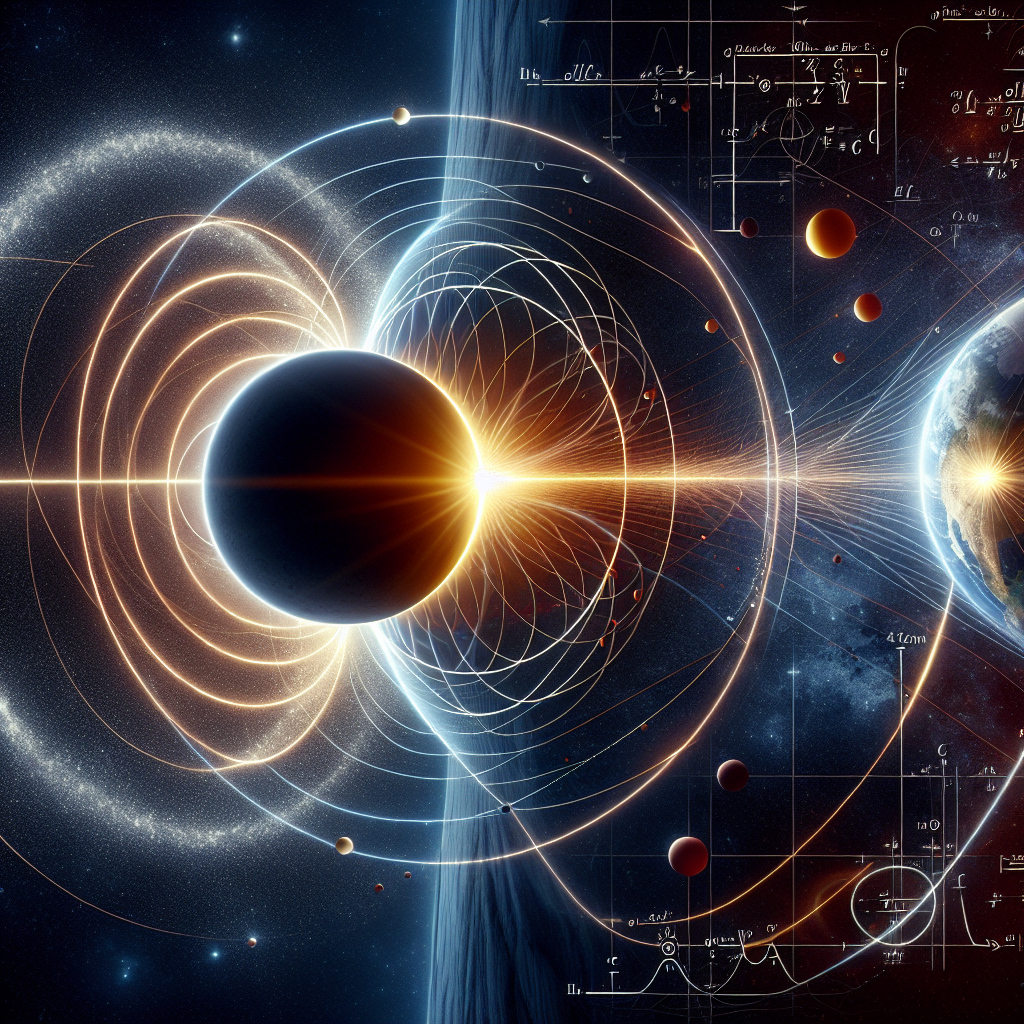Hey, friends! Ever had one of those moments where you’re just completely floored by the universe? Like, maybe you looked up at the night sky and felt tiny yet connected to something much bigger? Well, gear up because April 8, 2024, is going to be one of those jaw-dropping days. We’re talking about a total solar eclipse! It’s not just a visual treat; it’s a nod to some pretty epic milestones in science, especially the mind-blowing theory of general relativity brought to us by none other than Albert Einstein.
So, let’s hop into our time machine and zoom back to the awe-inspiring solar eclipse of May 29, 1919. This wasn’t just a regular eclipse—this was the event that confirmed Einstein’s theory of general relativity. Think of it as the big reveal in a blockbuster movie, the “aha!” moment that validated years of groundbreaking work. Astronomers like Arthur Eddington and Andrew Crommelin observed that stars near the Sun seemed to shift their positions slightly, proving that the Sun’s gravity was bending the light from those stars just as Einstein had predicted. Mind officially blown, right?
Understanding General Relativity: No PhD Required
Okay, let’s break down this behemoth of a theory into something a bit more digestible. Imagine space as a flexible, stretchy fabric. Usually, we think of gravity as a force pulling objects towards each other, like magnets. But Einstein flipped the script and said, “Nope, gravity is actually the warping of this fabric by massive objects like stars and planets.” Kind of like how a heavy ball placed on a trampoline makes a dent, curving the surface around it. Smaller objects then move along this curvature, following the path of least resistance.
The Bending of Light
One of the coolest aspects of general relativity is that it predicts light will bend around massive objects. During a solar eclipse, we get to see this firsthand. When the Moon’s shadow blocks out the Sun, it creates the perfect opportunity to see stars that are technically behind the Sun. Their light gets bent around the Sun, making them appear in slightly different positions than they normally would. That’s gravitational lensing for you—space’s own version of a funhouse mirror!
More Than Just Pretty Pictures
But hey, solar eclipses aren’t just about nerdy science stuff. They’re a shared human experience that unites people around the globe. For those brief moments of twilight in the middle of the day, we’re all looking up in collective wonder. Different cultures, different backgrounds, all set aside as we marvel at this cosmic dance playing out above us.
So, come April 8, 2024, as you grab your eclipse glasses and find the perfect viewing spot, remember you’re not just watching a beautiful celestial event. You’re part of an ongoing legacy of discovery, a tribute to all the curious minds that came before us. And who knows? Maybe this eclipse will inspire the next generation of scientists, dreamers, and stargazers out there.
How about you? Planning to witness this spectacular event? Got a special spot picked out or any eclipse-viewing tips to share? Drop a comment below—I’d love to hear your thoughts and plans!
